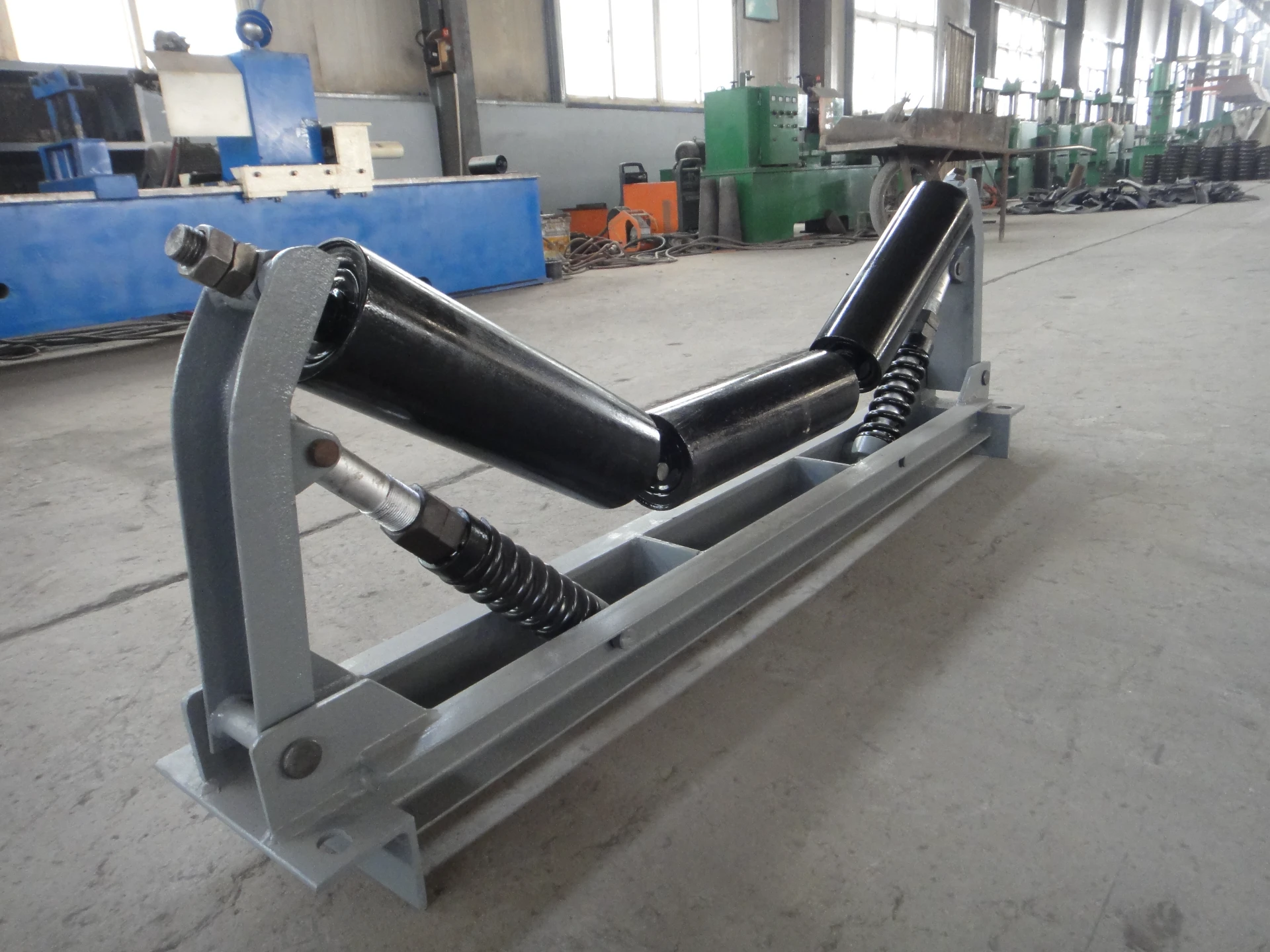 Afrikaans
Afrikaans  Albanian
Albanian  Amharic
Amharic  Arabic
Arabic  Armenian
Armenian  Azerbaijani
Azerbaijani  Basque
Basque  Belarusian
Belarusian  Bengali
Bengali  Bosnian
Bosnian  Bulgarian
Bulgarian  Catalan
Catalan  Cebuano
Cebuano  Corsican
Corsican  Croatian
Croatian  Czech
Czech  Danish
Danish  Dutch
Dutch  English
English  Esperanto
Esperanto  Estonian
Estonian  Finnish
Finnish  French
French  Frisian
Frisian  Galician
Galician  Georgian
Georgian  German
German  Greek
Greek  Gujarati
Gujarati  Haitian Creole
Haitian Creole  hausa
hausa  hawaiian
hawaiian  Hebrew
Hebrew  Hindi
Hindi  Miao
Miao  Hungarian
Hungarian  Icelandic
Icelandic  igbo
igbo  Indonesian
Indonesian  irish
irish  Italian
Italian  Japanese
Japanese  Javanese
Javanese  Kannada
Kannada  kazakh
kazakh  Khmer
Khmer  Rwandese
Rwandese  Korean
Korean  Kurdish
Kurdish  Kyrgyz
Kyrgyz  Lao
Lao  Latin
Latin  Latvian
Latvian  Lithuanian
Lithuanian  Luxembourgish
Luxembourgish  Macedonian
Macedonian  Malgashi
Malgashi  Malay
Malay  Malayalam
Malayalam  Maltese
Maltese  Maori
Maori  Marathi
Marathi  Mongolian
Mongolian  Myanmar
Myanmar  Nepali
Nepali  Norwegian
Norwegian  Norwegian
Norwegian  Occitan
Occitan  Pashto
Pashto  Persian
Persian  Polish
Polish  Portuguese
Portuguese  Punjabi
Punjabi  Romanian
Romanian  Russian
Russian  Samoan
Samoan  Scottish Gaelic
Scottish Gaelic  Serbian
Serbian  Sesotho
Sesotho  Shona
Shona  Sindhi
Sindhi  Sinhala
Sinhala  Slovak
Slovak  Slovenian
Slovenian  Somali
Somali  Spanish
Spanish  Sundanese
Sundanese  Swahili
Swahili  Swedish
Swedish  Tagalog
Tagalog  Tajik
Tajik  Tamil
Tamil  Tatar
Tatar  Telugu
Telugu  Thai
Thai  Turkish
Turkish  Turkmen
Turkmen  Ukrainian
Ukrainian  Urdu
Urdu  Uighur
Uighur  Uzbek
Uzbek  Vietnamese
Vietnamese  Welsh
Welsh  Bantu
Bantu  Yiddish
Yiddish  Yoruba
Yoruba  Zulu
Zulu Ceramic Coated Lagging Pulleys for Enhanced Durability and Performance in Conveyors
The Importance of Ceramic Lagging Pulleys in Modern Industry
In the realm of industrial applications, particularly in mining, construction, and materials handling, the efficiency and longevity of equipment are paramount. Among the critical components that contribute to these objectives are lagging pulleys. Specifically, ceramic lagging pulleys have emerged as a game-changing innovation that enhances the performance of conveyor systems. This article explores the significance of ceramic lagging pulleys, their characteristics, benefits, and applications in various industrial settings.
Understanding Lagging Pulleys
Lagging pulleys are essential components of conveyor systems, serving the dual purpose of improving friction and extending the service life of the pulleys. They consist of a cover material applied to the face of the pulley to enhance its traction with the conveyor belt. The choice of lagging material is crucial; traditional rubber lagging, while effective, has its limitations in terms of wear resistance, durability, and overall performance.
What Makes Ceramic Lagging Unique?
Ceramic lagging features an innovative surface composition that incorporates ceramic tiles or a ceramic composite material. This unique structure offers several advantages over conventional rubber lagging, making it a preferred choice in many demanding applications.
1. Superior Wear Resistance One of the primary benefits of ceramic lagging pulleys is their exceptional wear resistance. The hardness of ceramic materials allows them to withstand abrasive materials better than rubber alternatives. This longevity translates to reduced maintenance costs and prolonged service life for both the lagging and the associated machinery.
2. Enhanced Grip and Traction The surface texture of ceramic lagging provides improved traction, decreasing the likelihood of belt slippage during operation. This added grip is particularly beneficial in applications where materials are loaded or transported on steep inclines, ensuring a smooth and efficient material transfer.
3. Temperature and Chemical Resistance Ceramic lagging is more resistant to extreme temperatures and aggressive chemicals than traditional lagging materials. This property makes it suitable for environments where temperature fluctuations or chemical exposure are common, such as in the steel, mining, and petrochemical industries.
ceramic lagging pulley

4. Reduced Noise and Vibration Another advantage of ceramic lagging pulleys is their ability to dampen noise and vibrations in machinery. This characteristic contributes to a quieter working environment, which can have positive effects on workforce productivity and occupational health.
Applications of Ceramic Lagging Pulleys
Ceramic lagging pulleys find applications in various sectors due to their versatile properties. Some notable applications include
- Mining Industry In environments where heavy, abrasive materials are conveyed, ceramic lagging ensures that pulleys maintain optimum performance while minimizing wear. This is especially crucial in the extraction and transportation of minerals, where downtime due to equipment failure can be costly.
- Cement Production The cement industry often deals with high-temperature environments and abrasive materials. Utilizing ceramic lagging pulleys helps in maintaining effective operation while reducing maintenance interruptions and costs.
- Quarrying Similar to mining, the quarrying process involves the transportation of large quantities of rough materials. Ceramic lagging enhances the durability of the equipment, enabling continuous operations even under challenging conditions.
- Power Plants In power generation, especially coal-based plants, the transportation of coal to the furnace requires reliable and efficient conveyor systems. Ceramic lagging pulleys help in achieving this reliability while also minimizing wear from abrasive coal particles.
Conclusion
In conclusion, ceramic lagging pulleys represent a significant advancement in conveyor system technology. Their unique properties, including wear resistance, enhanced grip, chemical stability, and noise reduction, make them a preferred choice across various industries. As industries continue to seek ways to improve equipment efficiency, reduce maintenance costs, and comply with environmental regulations, the adoption of ceramic lagging technology is likely to increase. Investments in these innovative components not only boost operational efficiency but also contribute to the sustainability of industrial processes, paving the way for a more effective future in material handling.
-
Revolutionizing Conveyor Reliability with Advanced Rubber Lagging PulleysNewsJul.22,2025
-
Powering Precision and Durability with Expert Manufacturers of Conveyor ComponentsNewsJul.22,2025
-
Optimizing Conveyor Systems with Advanced Conveyor AccessoriesNewsJul.22,2025
-
Maximize Conveyor Efficiency with Quality Conveyor Idler PulleysNewsJul.22,2025
-
Future-Proof Your Conveyor System with High-Performance Polyurethane RollerNewsJul.22,2025
-
Driving Efficiency Forward with Quality Idlers and RollersNewsJul.22,2025





























